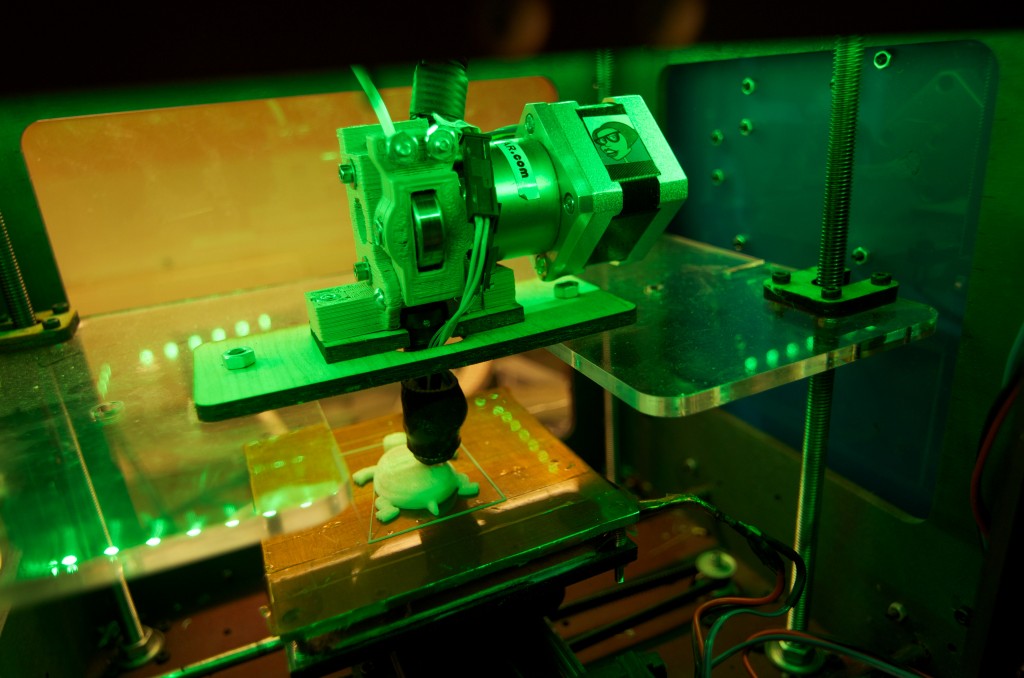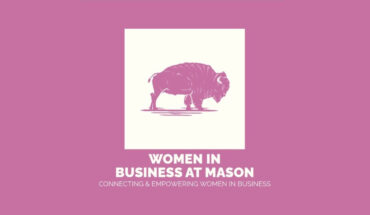Ian Brinksman, staff writer
Artificial beehives planted in the George Washington National Forest. An input device that helps autistic children interact with computers. These are just some of the impressive creations coming out of Mason.
It may not be surprising that a university known for innovation would be producing such interesting pieces. What may be surprising however, is that all of these were created by the student-run GMU Inventors Club.
Resuscitated last year by club president and senior, Jade Garret, the Inventors Club is an informal community where Mason students, faculty, and alumni are encouraged to share their ideas and help get prototypes off the ground. Starting in the fall of 2015, the Inventors Club will have a dedicated space in Innovation Hall tentatively known as the “Makerspace.”
“It will have areas where we can do 3D printing, soldering electronics – and if we can raise enough funding – even get a laser cutter that we can use to cut sheets of wood and plastic with extremely precise accuracy” Garret said. “It will have a small conference room for people who want to film their inventions or just need a private area to brainstorm, as well as a storage room for the equipment. We want to have the space filled with student projects that people have done, and also there will be a huge area that is an open space for people to lounge.”
While the lofty goals and advanced equipment already make the Makerspace an ambitious endeavor, the fact the space is also student designed and run makes it all the more challenging. To ensure the projects proceed, the GMU Inventors Club is also actively pursuing funding, and hopes to leverage corporate and alumni partnerships.
“No question; the complexities involved with just the physical space alone are immense” David J. Miller, Director of Entrepreneurship at the Center for Social Entrepreneurship and a faculty advisor to the project, said. “The students are also responsible for running the space, training on the equipment, creating courses, planning, budgeting; it’s a real world project and they’ve embraced it.”
The opportunity to have such unique access and autonomy is not lost on Garret.
“I am really excited about this because most of the places where you can make things are ruled by departments and schools at Mason, and if you are not in that department, it is really hard to get access and use their equipment,” Garret said. “We want to allow for everyone to be able to develop their designs, even if they aren’t in that field, and collaborating with other students who are can really help.”
Garret is looking forward to the innovation and teamwork that will come with the new space.
“With the new Makerspace, we want to make ‘makers.’ We want to have everyone know that it is not difficult to turn your ideas into reality,” Garret said. “With collaboration and people who are willing to mentor and help students with their expertise – it really breaks down the barriers for what people can invent.”
“Also I want to build a life-size carbon-fiber T-Rex skeleton,” she quickly added.



